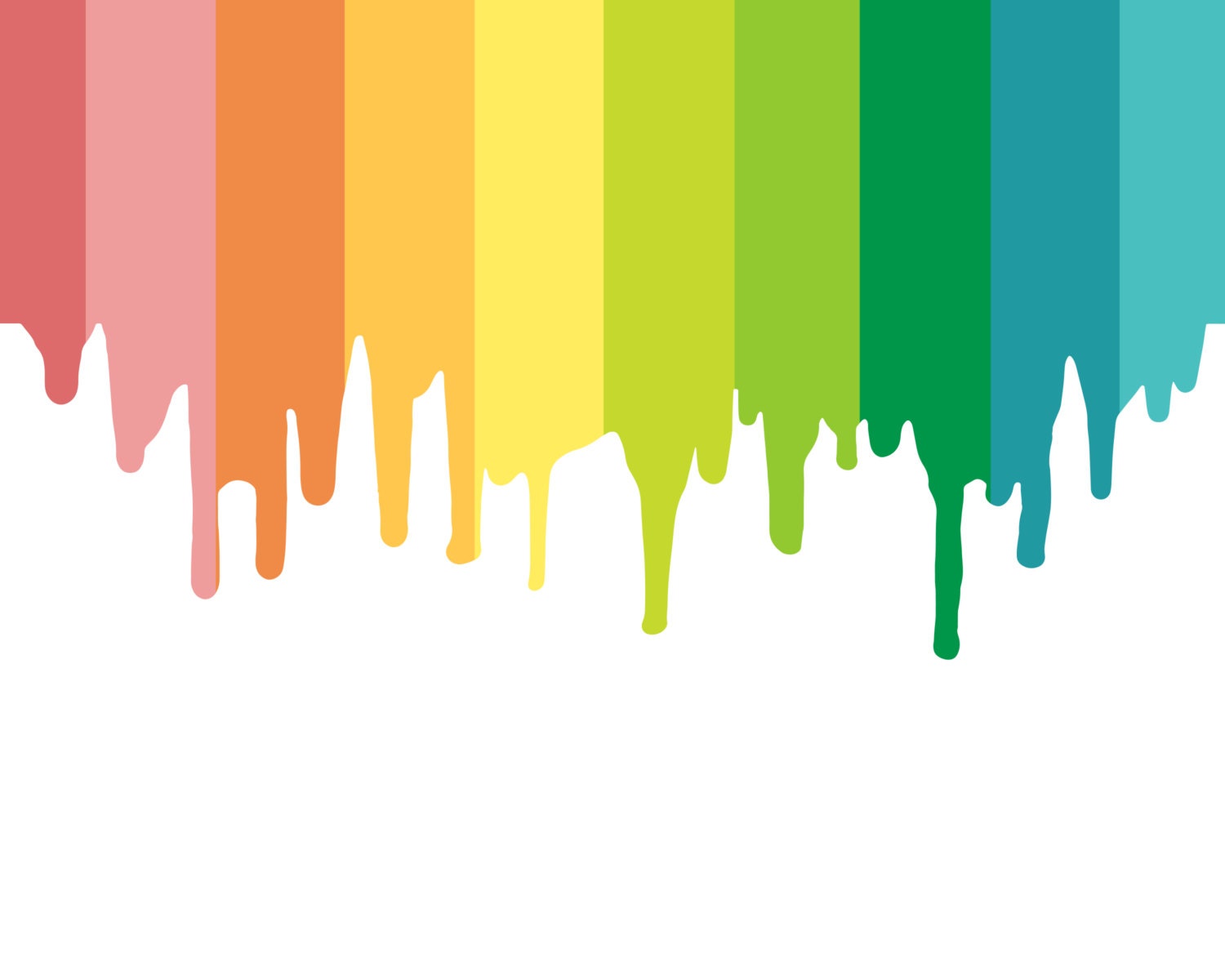

#Multiple color drips paint free
Notice the soft edges and free forms this creates. While the paper is still wet, paint something using 2 different colors. PAINTING WET ON WET SURFACE (2 COLORS): Using a clean brush, lay an even wash of clean water on your sheet of paper.While the paper is still wet, paint something using 1 color. PAINTING WET ON WET SURFACE (1 COLOR): Using a clean brush, lay an even wash of clean water on your sheet of paper.Notice the changes in value of 1 color when the pigment is diluted with water. Dip your brush in water and lay down a 3rd band. CREATE VALUE/ DILUTE WITH WATER: Lay down a band of color, dip your brush in water and lay down another band.With a clean brush, lay down a band of the 2nd color, blending gradually from the 1st. VARIAGATED WASH: Using 3 colors, lay down a band of one color then dip your brush in water and lay down another wash of the 1st color.Color should gradually go from a dark value with a lot of pigment, down to a light value that has more water and less pigment. Lay down a band of pure color, dip your paint brush in water quickly and lay down another brushstroke, repeat. GRADATED WASH: Tilt your page about 30 degrees.Build up 3 levels layers of one color by overlapping washes of that color. Then, lay down 2 different bands of color with a small gap between them. WET ON WET/FREE EDGE: with a clean brush, lay down clean water on the sheet of paper.CRISP EDGE: On a dry sheet of watercolor paper, lay down 2 strips of color that do not touch, creating a crisp/clean edge.

The colors will merge-creating a soft edge. 2 bands of color put down so that they barely touch. SOFT EDGE: Using 2 colors, create a soft edge.EACH section is worth 1 point for a total of 20 points. Make sure to LABEL and NUMBER each technique according to the list below. Demonstrate each technique explained below. Get 2 sheets of watercolor paper and divide each sheet into 10 sections/rectangles. Create a chart that demonstrates 20 watercolor painting techniques.


 0 kommentar(er)
0 kommentar(er)
